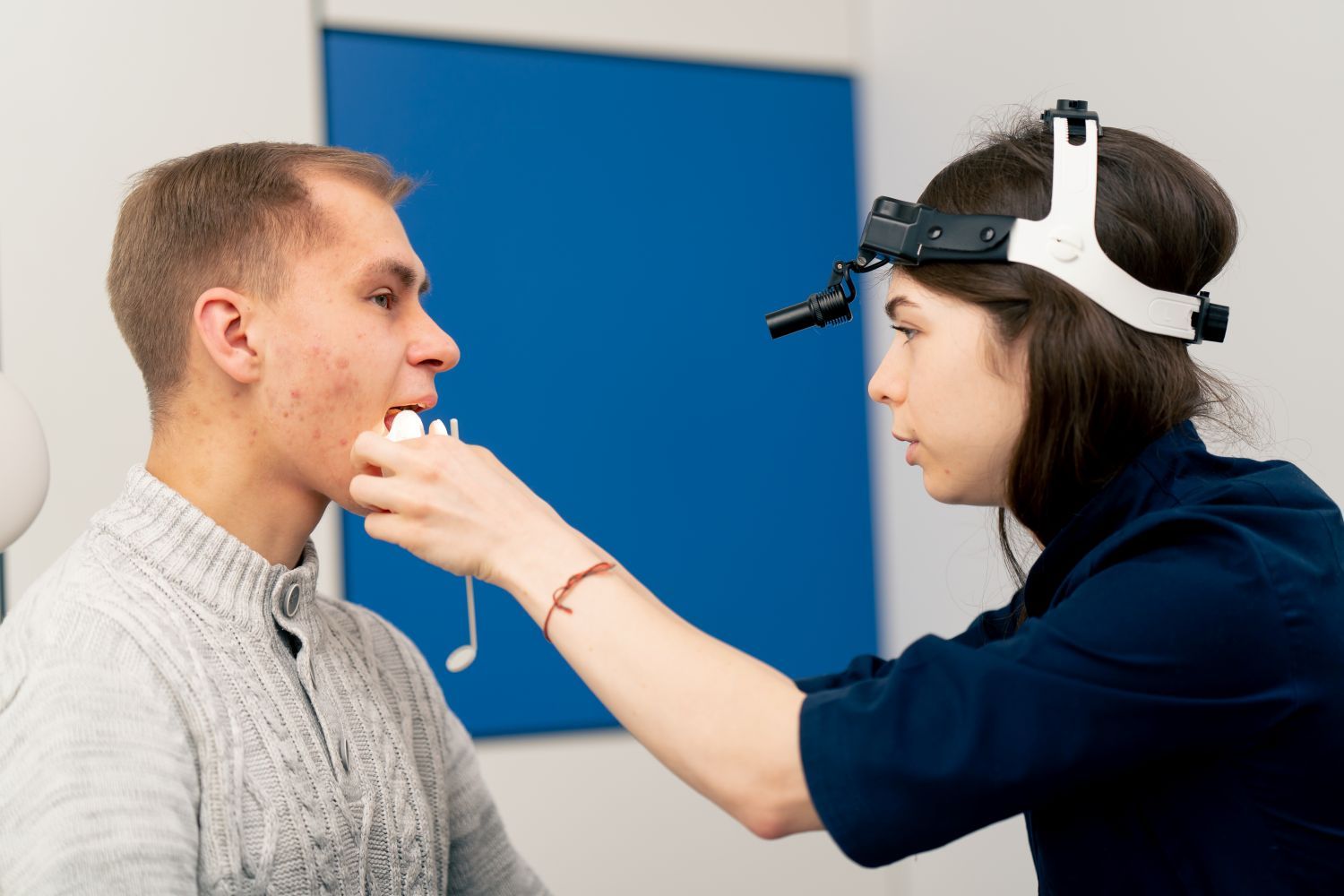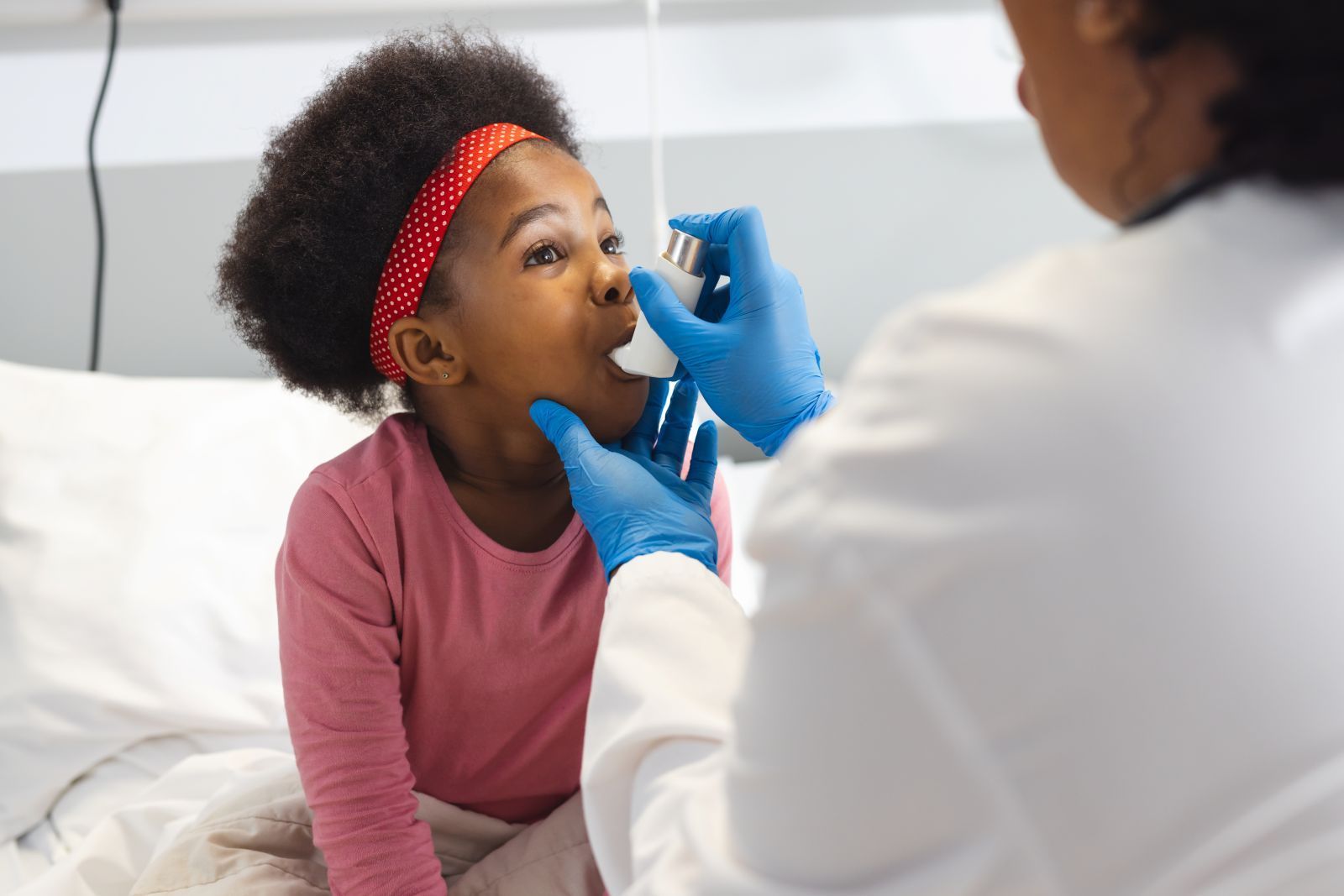When Allergies Don’t Fit the Profile: Unusual Cases in Allergy Diagnosis
Nearly 1 in 3 adults and over 1 in 4 children in the U.S. reported experiencing allergies. These statistics highlight the significant prevalence of these conditions and their impact on patient populations. Despite their prevalence, allergy diagnosis can sometimes be challenging, especially when symptoms do not align with typical presentations. In this blog, we will explore unusual cases in allergy diagnosis, discuss their implications for clinical practice, and highlight the importance of a comprehensive approach to patient evaluation.
Common Allergies vs. Unusual Cases
Most allergy cases typically present with recognizable patterns associated with well-established allergens, such as pollen, dust mites, pet dander, and specific foods. However, some patients exhibit atypical symptoms or reactions that do not conform to these classic profiles.
Case Studies: Unusual Allergy Presentations
1. Atypical Food Allergies
Unlike typical food allergies that often manifest with immediate symptoms such as hives or anaphylaxis, atypical food allergies may present with delayed gastrointestinal symptoms, fatigue, or even neurological issues, making diagnosis more difficult. Patients may experience chronic fatigue, brain fog, or digestive disturbances that are often misattributed to other conditions. This delayed response can lead to ongoing energy depletion, affecting daily activities and quality of life. Research found that nearly 10% of patients with food allergies report gastrointestinal symptoms as their primary complaint.
2. Allergic Rhinitis without Typical Triggers
Consider a patient presenting with persistent nasal congestion and sneezing but with negative skin tests for common allergens. In such cases, it is essential to consider non-allergic rhinitis or even triggers like occupational exposures or environmental irritants. A study published in The Journal of Allergy and Clinical Immunology indicated that up to 30% of patients diagnosed with allergic rhinitis may actually have non-allergic rhinitis.
3. Anaphylaxis without a Clear Allergen
There are instances where patients experience anaphylactic reactions without a definitive allergen identified through standard testing. This phenomenon can occur in exercise-induced anaphylaxis or idiopathic anaphylaxis. Research shows up to 30-60% of anaphylaxis cases in adults are classified as idiopathic, emphasizing the need for thorough investigation and patient history.
4. Cross-Reactivity and Allergic Responses
Cross-reactivity occurs when the immune system mistakenly identifies proteins in different substances as similar, leading to allergic responses. This phenomenon is particularly common among individuals with existing allergies, as their immune systems may react not only to the original allergen but also to other substances that share similar protein structures. For example, individuals allergic to certain pollens may experience oral allergy syndrome, where they react to specific fruits or vegetables that contain similar allergenic proteins. Additionally, cross-reactivity can occur between different types of animal dander or even between certain medications and foods. Research suggests that up to 50% of patients with pollen allergies may experience oral allergy syndrome.
Understanding cross-reactivity can help healthcare providers identify potential triggers and develop comprehensive management plans for patients with allergies. Awareness of this concept allows for better patient education on avoiding cross-reactive allergens and recognizing symptoms associated with unexpected allergic reactions.
The Importance of Comprehensive Evaluation
Given the complexity of allergic reactions and the variability in presentations, healthcare providers need to adopt a comprehensive approach when evaluating patients with suspected allergies:
- Detailed Medical History: A thorough patient history that includes symptom onset, duration, and potential triggers can provide valuable insights into atypical presentations.
- Consideration of Environmental Factors: Environmental exposures, including occupational hazards, should be assessed as potential contributors to unexplained allergic symptoms.
- Use of Advanced Testing: When standard skin tests or serum IgE tests yield inconclusive results, consider advanced testing options such as component-resolved diagnostics (CRD) or oral food challenges.
- Multidisciplinary Collaboration: Engaging allergists, immunologists, and other specialists can help in formulating a more accurate diagnosis and management plan for complex cases.
- Patient Education: Educating patients about their specific allergies, potential cross-reactions, and avoidance strategies is essential for effective management.
If you encounter challenging allergy cases in your practice, sharing your experiences can foster valuable discussions among colleagues and contribute to better patient care. Snot Force Alliance offers collaboration between clinicians to improve the understanding of allergies for optimal patient care.
Stay tuned for more helpful tips!












